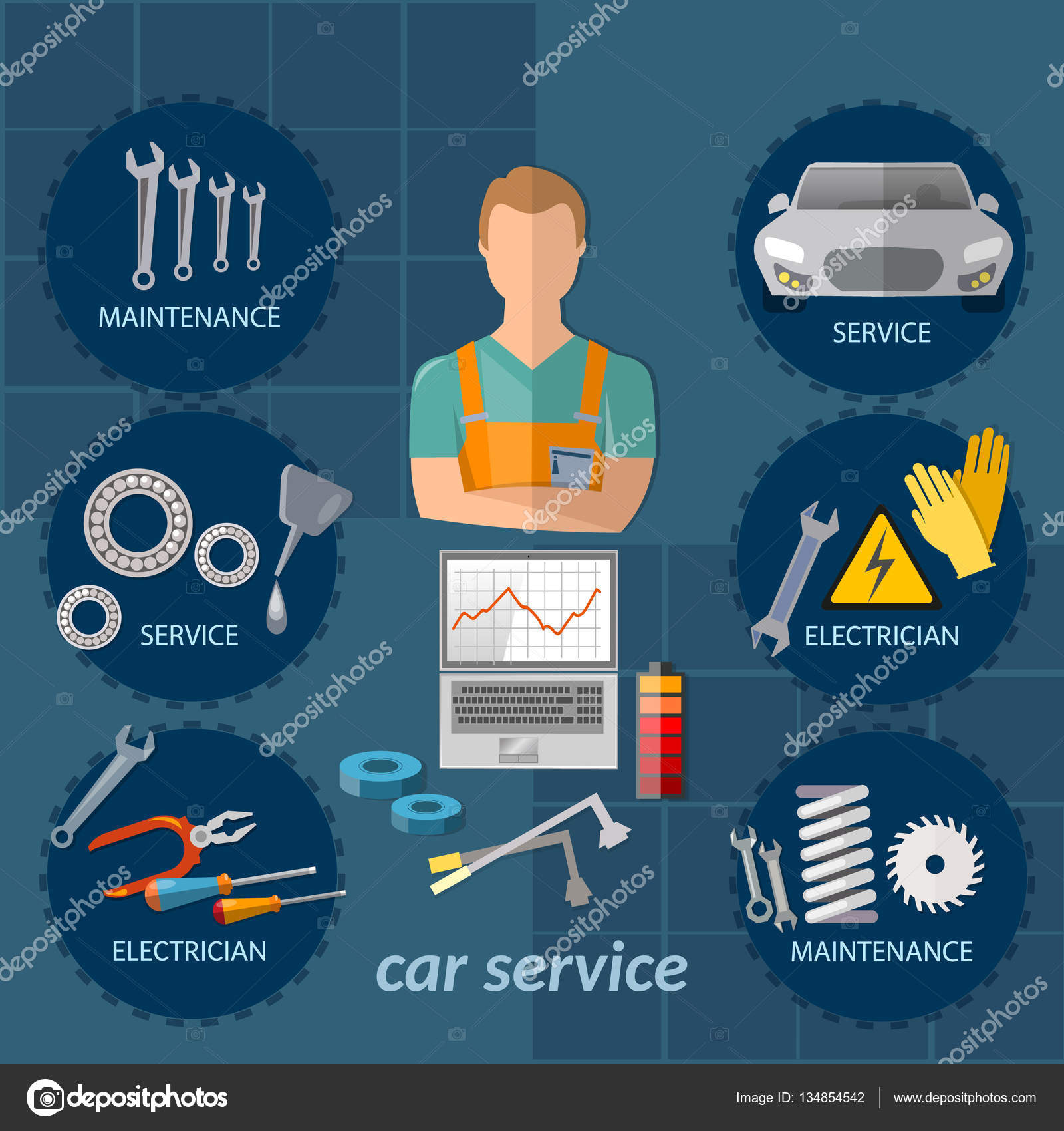When you're behind the wheel, those glowing caution lights on your control panel can be a bit puzzling. Do you understand what they're attempting to inform you regarding your cars and truck's health? Comprehending the significance of these lights is essential for your safety and the longevity of your lorry. So, car ceramic coating auckland following time among those lights turns up, would not you intend to decode its message accurately and take the needed actions to address it?
Common Warning Lights and Interpretations
Recognize typical caution lights in your auto and recognize their significances to make sure safe driving.
The most normal caution lights include the check engine light, which indicates issues with the engine or emissions system. If auto detailing near me comes on, it's critical to have your car inspected without delay.
The oil pressure alerting light indicates reduced oil stress, requiring prompt focus to avoid engine damage.
A blinking battery light may suggest a defective billing system, possibly leaving you stranded otherwise dealt with.
The tire stress surveillance system (TPMS) light alerts you to low tire pressure, influencing vehicle security and gas effectiveness. Neglecting this could bring about unsafe driving conditions.
The abdominal muscle light indicates a trouble with the anti-lock stopping system, compromising your capacity to stop promptly in emergencies.
Last but not least, the coolant temperature level cautioning light warns of engine overheating, which can lead to serious damage otherwise resolved promptly.
Recognizing these common caution lights will help you deal with issues promptly and preserve safe driving conditions.
Significance of Prompt Attention
Comprehending the common caution lights in your cars and truck is only the initial step; the importance of without delay dealing with these warnings can not be stressed enough to guarantee your safety and security on the road.
When a caution light illuminates on your control panel, it's your vehicle's means of connecting a prospective problem that needs focus. Disregarding these cautions can lead to a lot more severe issues later on, endangering your security and potentially costing you a lot more out of commission.
Trigger attention to advising lights can stop malfunctions and crashes. For example, a blinking check engine light might show a misfire that, if left ignored, might create damages to the catalytic converter. Resolving this quickly can conserve you from a pricey repair service.
Likewise, a brake system alerting light may signify reduced brake liquid or worn brake pads, vital parts for your safety and security when driving.
Do It Yourself Troubleshooting Tips
If you discover a warning light on your control panel, there are a few do it yourself repairing pointers you can try before seeking expert help.
The primary step is to consult your cars and truck's manual to understand what the certain caution light suggests. Occasionally the concern can be as straightforward as a loosened gas cap causing the check engine light. Tightening up the gas cap may solve the trouble.
detailing is a reduced battery, which can set off numerous advising lights. Checking the battery links for deterioration and ensuring they're safe and secure might deal with the issue.
If a warning light persists, you can try resetting it by detaching the cars and truck's battery for a few mins and afterwards reconnecting it. Additionally, inspecting your vehicle's fluid levels, such as oil, coolant, and brake fluid, can help troubleshoot advising lights associated with these systems.
Final thought
To conclude, understanding your cars and truck's caution lights is important for keeping your vehicle running smoothly and safely. By promptly addressing these alerts and recognizing what they mean, you can stay clear of expensive repair services and prospective malfunctions.
Remember to consult your car's manual for certain information on each advising light and act accordingly to make sure a trouble-free driving experience.
Keep educated, stay secure when driving!
